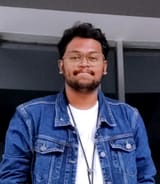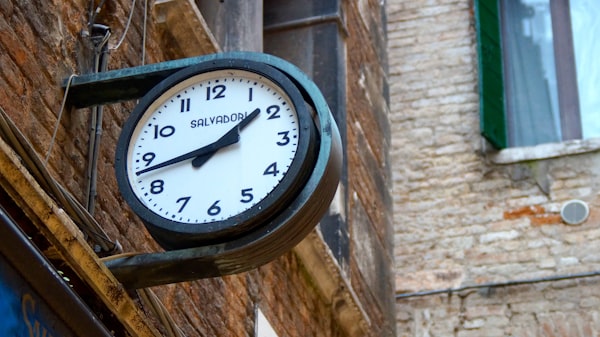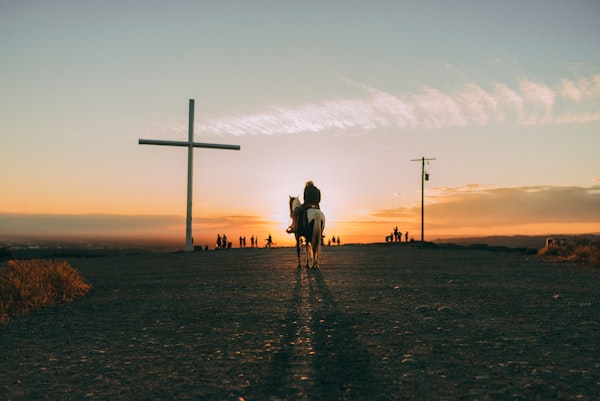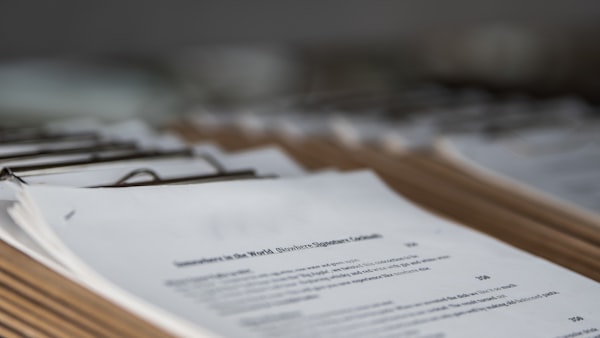Conversations With A Digital Artist
A conversation I had with one of my friends, who started out as a photographer and now is a freelance digital artist and an animator.
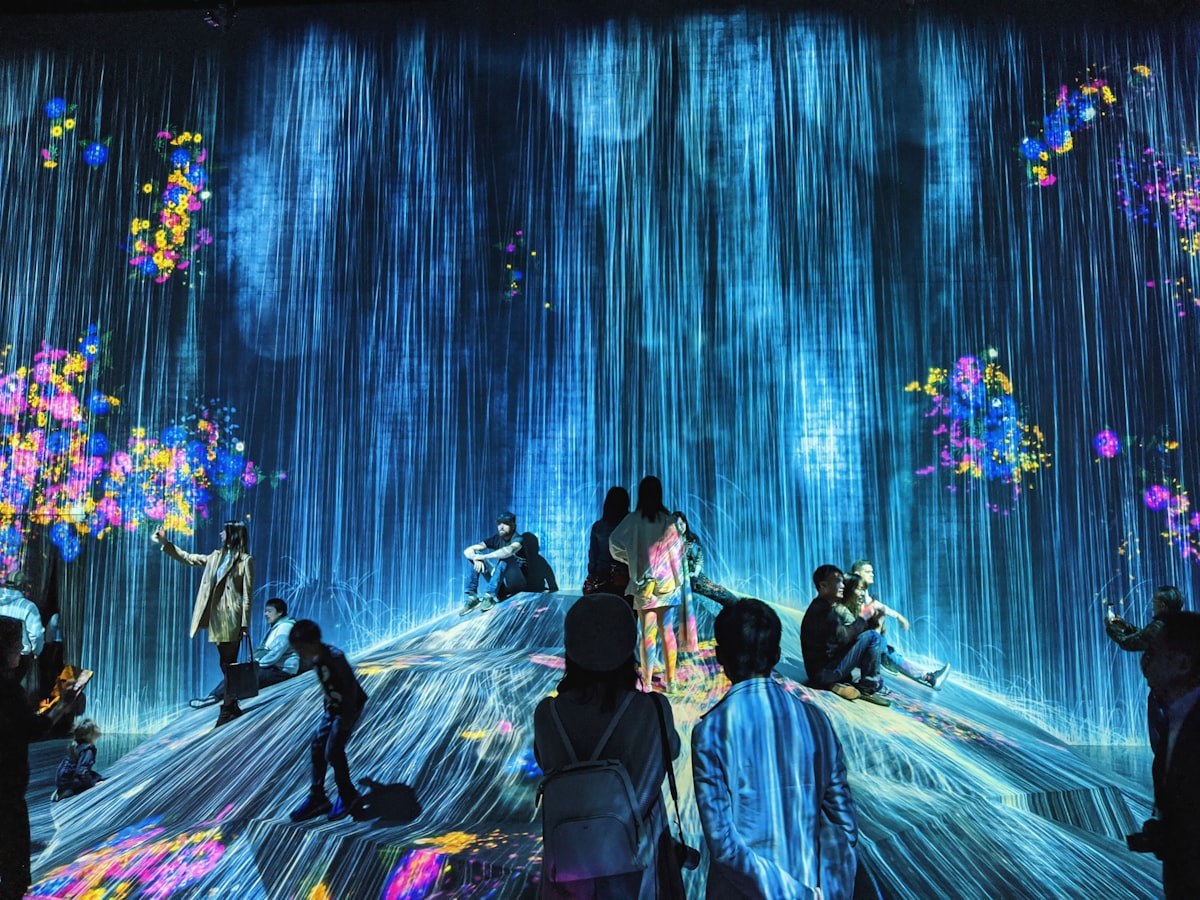
Hello everybody👋, welcome to Stories With Melvin Raj. In today's episode, I had a conversation with my friend Anmol Anand, who is a Digital Artist and an Animator. To give you people some context, Anmol was my classmate during college. So, I have been following his work since college.
He started with photography (Travel, photo manipulation) and now he is making an entire music video for artists. I feel he has a story to tell. The story of how a computer science graduate landed in the field of Animation.
This conversation is about his pivot and his learnings, some discussions about the work he already put out, and more.....
Before we even get started, here are a few things to keep in mind:
You can listen to the entire conversation in a podcast here below:
We all must know that Digital art is an artistic work or practice that uses digital technology as part of the creative or presentation process (Source). This field requires a lot of creative thinking and observation. So, our conversation revolves around the aspect of how one can get started, some of the discussions about his work, and a few tips for freelancing your digital art skills.
Me: How did you stumble upon digital art and animation as a career option?
Anmol: This started when I was in college as I joined one of the college club workshops and there we had a session on poster making since I used to watch and practice a few photo manipulation and photoshop things. I made a poster and that led me to an opportunity to make posters for then-upcoming fests. That is how I got started in designing and making art digitally. After college, I quit my job where I was doing other things and started working as a freelance digital artist and animator.
Me: How different was the change from photo manipulation and photo editor to digital art and animation?
Anmol: This change is because a lot of people are there in the segment. There are a lot of opportunities in the space but it sort of naturally takes you to different spaces like animation, stop motion, and more...That is how I stumbled and tried different sectors. Such sectors introduced me to illustration and animating it frame by frame.
Me: Is the reel you recently put out where two people stand on a cliff and then it goes into this illustrative world made to learn animation?
Anmol: Yes, that was me, learning the animation and now I am seeing all the different aspects that I could have done better.
Me: I liked the Kursam series and how did you approach the models for the series?
Anmol:

I look for references and have an idea of what my post is going to be about. After that, I look for the people who do modeling or people who do self-portraits because it is a hard thing to self-portrait. Then I explain my idea and after that, it is pretty much the models who take the part and do their part of the job splendidly. In times of covid, the only option was to explain them in calls, but they did an amazing job.
Me: How can one get started with digital painting?
Anmol: First thing I would ask is to learn to observe. We are in a world where we consume almost anything for a minute. So, observing will be the first thing.
Next, understanding colors and composition.
For 3d and animation, I would recommend starting with these channels:
Me: What software do you use to create the art and 3d arts.
Anmol: The one I would use regularly is
- Blender
- Photoshop
Other softwares, I would mention are Maya, Cinema 4d, Houdini, and Spline, and there are a lot of other softwares but all serve different purposes. I feel blender is the best way to get started.


The funny thing I realized is photographers make everything in the frame perfect to make it picture-perfect but for the artist who makes it in a simulated environment, they need to make it as real as possible with texturing, lighting, and more...

Me: Okay, while freelancing art projects, I listen to many stories where the artists are not paid for the work. So, what are your good practices that may help others?
Anmol:

The utmost crucial thing in freelancing is the contract. Make your contract learn from the internet to make one and list every possible scenario and write the phrase "Art is subjective to the matter of interest and in case the output is not according to your request, you are still viable to pay me". If they are not signing the contracts, you already know that this deal is sketchy and runs as far as possible.
Rest all you can figure out while you are working.
Me: That's a really good practice. In the same segment, how do you think beginners can get started in artwork and freelancing?
Anmol:
- Do the 30-day challenge. Do something for 30 days trying different styles, unique compositions, and more. this 30-day challenge will help you see your artwork improve. Practice it every day.
- Discipline. As much as creativity helps with art, discipline helps you put out work consistently. There will be days when you are feeling extremely creative and bring out the best artwork, but in the days of a slump, the art stops. This doesn't happen in the discipline, because the process of learning will take care of the output.
- Never limit yourself.

Me: These are amazing points. So, speaking of art the recent boom is the NFT arts and the entire space. What is your take on it?
Anmol:

Me: I agree with what you are saying. that is something I always think about. Okay, have you tried making an NFT? If not when can I see you?
Anmol: Right now the gas prices are high😅. (Check here to understand gas prices). I have tried multiple times to post my art as NFTs, but not right now.
Maybe sometime in the future.
Me: Where can people reach you on social media. I mean on which social media are you most active?
Anmol: I am active on Instagram and my handle is @flamboyant_skull.
That was the conversation I had with my friend Anmol Anand. I hope this conversation gave some idea of how digital artists get started, how to get started on 3d art, and more...
I wanted to have this conversation because I love doing digital art. I feel it gives the freedom that normal art on canvas does, but that's my take on it.
I have been watching Anmol's work since college and he has done a lot of things in his journey so far. Please check out his Instagram and if you are keen on his work, make sure to follow him.
The most important takeaways from this conversation I had were:
- There is no such thing as the original. Everything that we come up with is a remix or remake of the older things that existed. (This is also a phrase from the book Steal Like An Artist by Austin Kleon.)
- Observational skills matter a lot, you need to be willing to look for resources, inspirations, assets, and more importantly before you start making art. Starting on an empty canvas is painfully hard, most of the time.
- While freelancing, contracts are everything. As an artist, the work you do is your sole income, so you need to be sure to have a contract to be on the safer side.
- Practice every day (applicable to any field of work).
- Lastly, never ever Limit yourself. Keep exploring.
The other resources Anmol has added in the conversation are listed below:
- Ducky3d - for 3d art
- Tiptut - For motion design and animations using different software
- The Animator's Survival Kit by Richard E. Williams
- The Four Hour Work Week by Tim Ferris
- The Freelance Manifesto by Joey Korenman
The hardware that I recommend to get started is anything with a good graphics card as the animation and art software requires rendering and I will suggest one laptop that you can look for and one article that will help you.
You can check out the audio format of the entire conversation in your select platform from below:
Thank you for taking your time out to read and listen to our conversation. Do share with others who might be interested in this field and help this conversation find the right people. Cheers!
